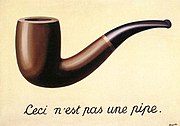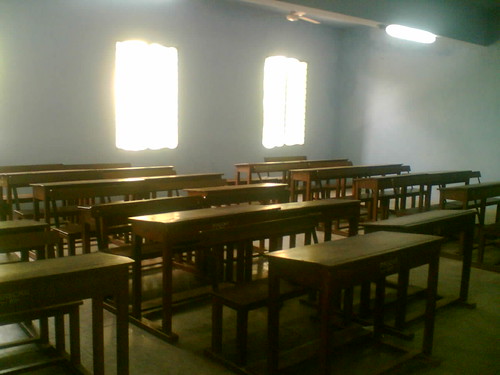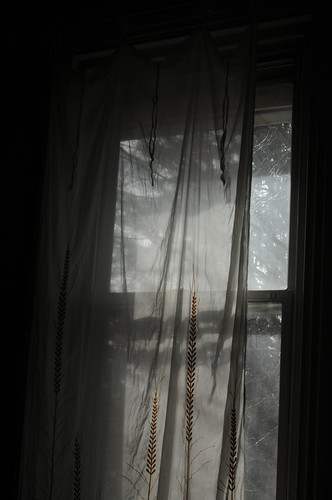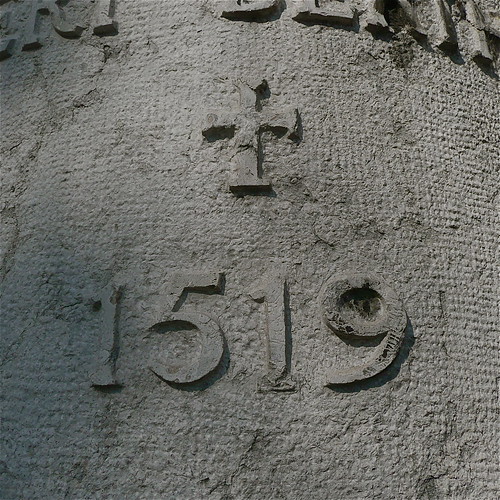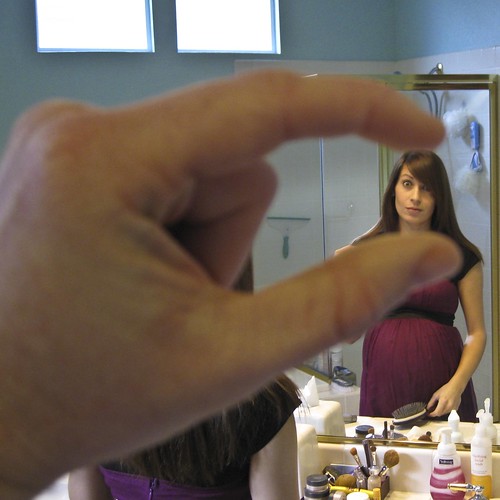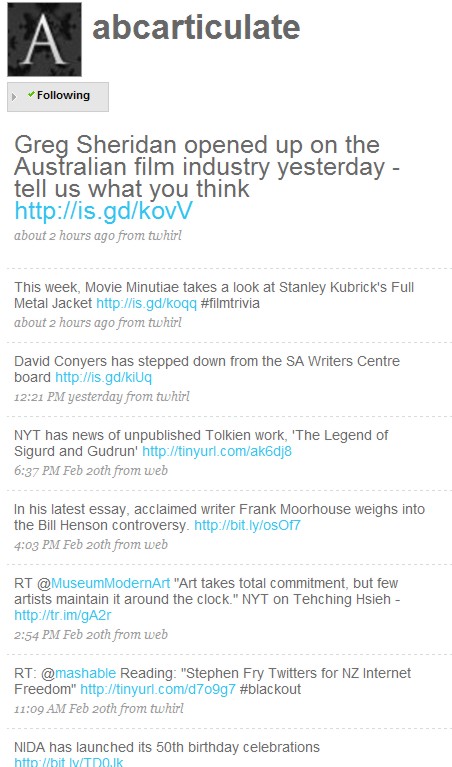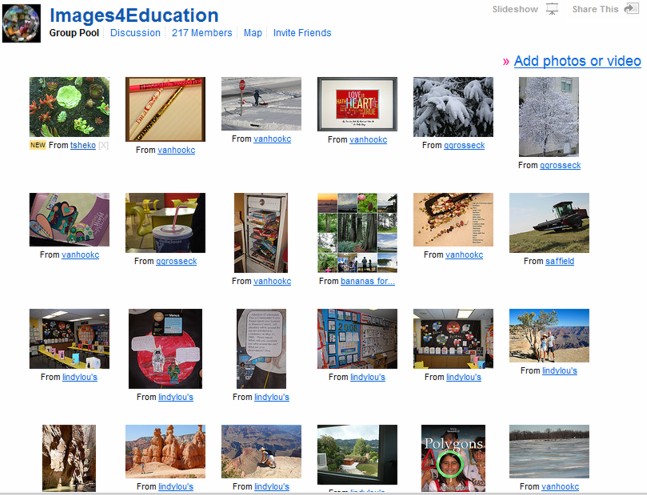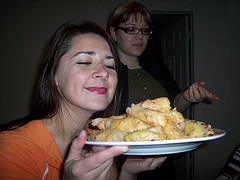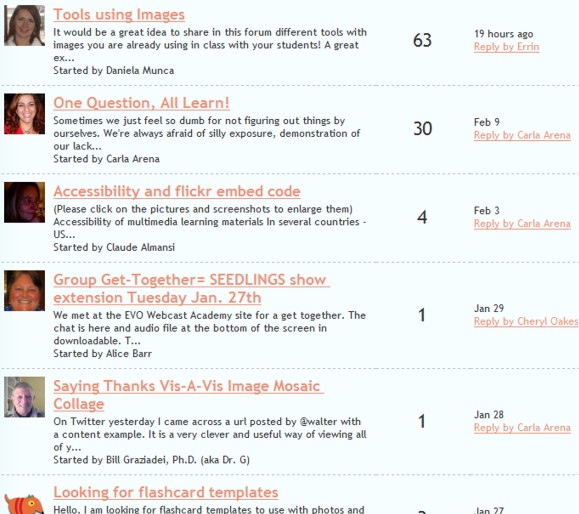Sean Nash created a biology NING. One that even I want to join. Why is that so remarkable? Because I’m not a science person.
Sean Nash has created a NING called ‘Principles of biology: bringing life and living things into focus’. Yes, it’s about science. Yes, it contains lots of scientific facts, but it also approaches the teaching of science in a different way.
When I clicked the Forum tab at the top of the NING, I chose a discussion called ‘Synthesizing Respiration and Photosynthesis’. It doesn’t start with a long dry paragraph full of scientific facts. Instead it goes like this:
Take a good, solid read of this blog post. Read it again after thinking about it for at least five minutes. Then come back to this forum and scribble a bit creative commentary on how our study of photosynthesis and respiration allows you to really get at a deeper meaning of the post entitled: Grinding Grain by Dr. Doyle.
What is remarkable? The topic is introduced by a blog post. A blog is a discursive thing. The blog is called Science teacher: breaking out of the classroom into the world. That already tells you something. The blog begins with a poem about grinding grain by Antipator of Thessalonica, 85 B.C., and it’s descriptive in a way that makes you feel the process physically.
I love the fact that the instructions that go with the reading of the blog post recommend a second reading after a few minutes of thought. Thinking is part of the instructions! And what follows is not a summary, not a copy and paste of facts, but instructions to
scribble a bit creative commentary on how our study of photosynthesis and respiration allows you to really get at a deeper meaning of the post entitled: Grinding Grain by Dr. Doyle.
That’s ‘how’ and ‘deeper meaning’ in the same sentence. Now, brace yourselves, but here’s what follows as instruction:
A description in less than 100 words that is sufficiently creative that at least two classmates leave thoughtful, vote-like comments to… would be worth a measly few (yet potentially powerful) extra credit points to add to your pile.
What’s amazing here?
Description, not summary.
Creative. Enough said.
Requiring response of others. Interaction, whereby your description is required to initiate response in another person. Writing about your response, effecting a response in someone else.
Can this be science?
And here’s the clincher:
What do you get from this? What does it make you think of? Does it allow you to see, or understand anything in a deeper way?
Thinking, evaluating, deeper understanding.
Here is one of the students’ responses:
The knowledge we gained through learning about cellar respiration and photosynthesis really helped to understand what he was saying. As he described what it felt like to turn the wheel, “First my right arm, then my left. I can feel my biceps swell. My legs work, too, shifting my weight back and forth with each pass of the milling wheel. My breathing picks up.” I can now easily understand why he begins to breath more readily, and when he begins to describe photosynthesis, and the creation of the wheat I can really follow what he says instead of being more lost than anything else (paragraph 7). The best place I could see that the knowledge was very relevant was when he begins to show how photosynthesis works in one direction, and that cellular respiration sort of reverses the process ((paragraph 7)
I love the reflection on the learning process at the end of the lesson. There are so many things I love about this way of teaching.
Who said that science was separate from literacy?

